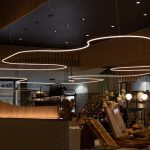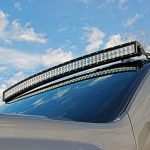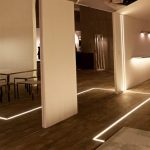Upgrade Your Lighting: How to Easily Change Fluorescent Lights to EnergyEfficient LEDs
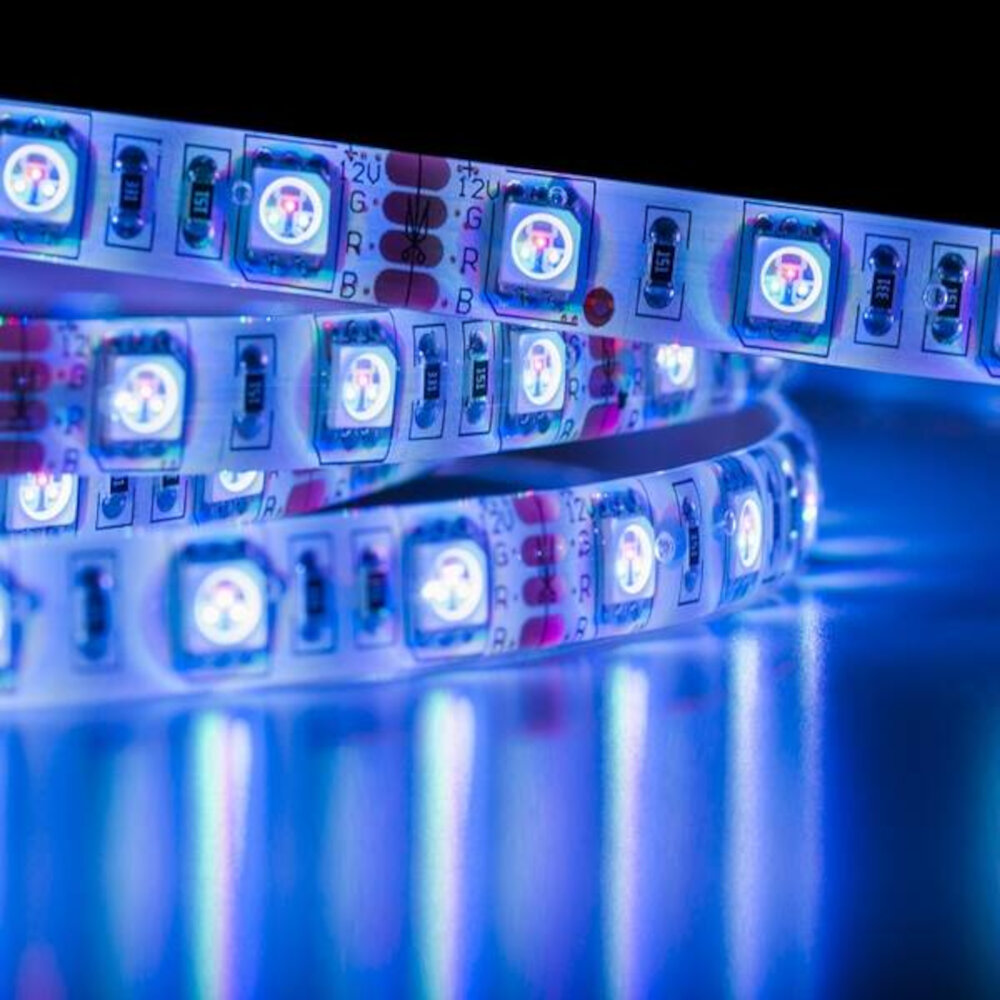
Upgrade Your Lighting: How to Easily Change Fluorescent Lights to Energy-Efficient LEDsLighting is an essential aspect of every building, be it a residential or commercial property. It can significantly affect the ambiance, productivity, and energy consumption of the space. Nowadays, more and more people are switching from traditional fluorescent lighting to LED lighting due to its numerous benefits. LED lighting is not only energy-efficient but also cost-effective, durable, and provides better illumination. If you are considering upgrading your lighting, you may be wondering how to easily change fluorescent lights to energy-efficient LEDs. In this article, we will explore the steps you need to take to upgrade your lighting and the benefits of making the switch to LED lighting. Upgrading your lighting to LED is a simple process that can be completed in a few steps. The first step is to assess your current lighting needs and determine which LED options are best suited for your space. There are various types of LED lights available, such as LED tubes, bulbs, and panels, each with its unique features and benefits. Once you have selected the LED lighting option that meets your requirements, the next step is to remove the old fluorescent fixtures and install the LED fixtures. This process is relatively easy and can be done by anyone with basic electrical knowledge. With the right tools and instructions, you can upgrade your lighting to LED in no time, and start enjoying the benefits of energy-efficient lighting.
Energy-efficient lighting is an essential aspect of our lives in the modern world. It is not just about saving money on energy bills but also about reducing our carbon footprint on the environment. Traditional lighting systems consume a significant amount of energy, and switching to energy-efficient lighting can help reduce energy consumption and reduce greenhouse gas emissions. Energy-efficient lighting, such as LED lights, is known to last longer, emit brighter light, and use less energy than traditional lighting systems. Upgrading to energy-efficient lighting can be a simple step towards a more sustainable future, and it is an investment that can help save money in the long run. By making a conscious effort to switch to more sustainable lighting options, we can reduce our impact on the environment and pave the way for a better tomorrow.
Upgrading from fluorescent lights to LEDs is a smart choice for both residential and commercial spaces. LED lights are significantly more energy-efficient than fluorescent lights, which can result in lower electricity bills. Additionally, LEDs last much longer than fluorescent lights, meaning less frequent replacements and reduced maintenance costs. The brightness and color options of LED lights are also more versatile than fluorescent lights, allowing for more customization in lighting design. Finally, LEDs are environmentally friendly, containing no toxic materials and emitting less carbon dioxide than fluorescent lights. Overall, upgrading to LEDs is a cost-effective, versatile, and eco-conscious choice for any space.
Understanding the Differences Between Fluorescent Lights and LEDs
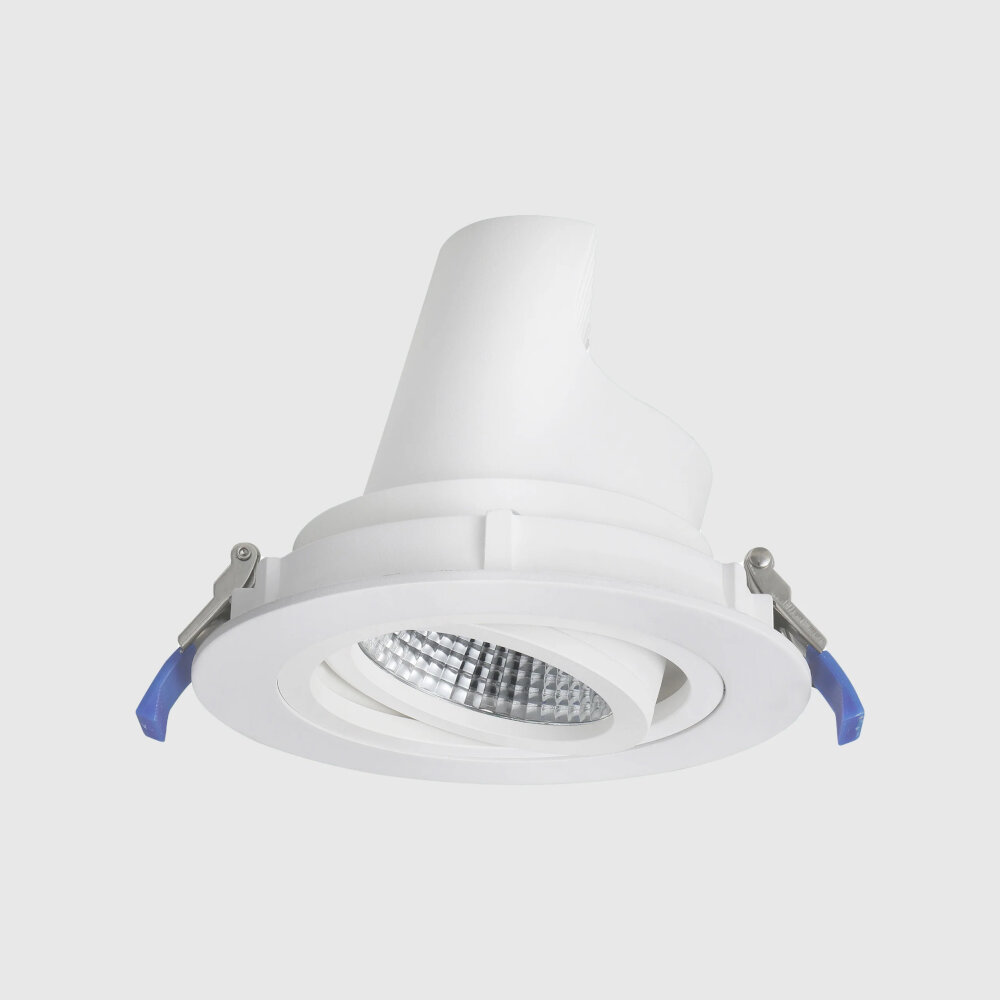
When it comes to lighting your home or office, it’s important to understand the differences between fluorescent lights and LEDs. Fluorescent lights have been a popular choice for many years because they are affordable and energy-efficient. However, they have some downsides, such as containing toxic materials, producing a harsh white light, and flickering. On the other hand, LED lights have become increasingly popular due to their energy efficiency, long lifespan, and the fact that they don’t contain any toxic materials. They also have a wider range of color temperatures and can produce a warmer, more natural-looking light. One of the main advantages of LED lights over fluorescent lights is their energy efficiency. LED lights use significantly less energy than fluorescent lights, which can result in substantial savings on your energy bills over time. Additionally, LED lights have a longer lifespan than fluorescent lights, which means they need to be replaced less frequently. LED lights also do not contain any toxic materials, which makes them a safer and more environmentally friendly choice. Another advantage of LED lights is that they come in a wider range of color temperatures, which allows you to choose the perfect lighting for your space. Whether you prefer a warm, cozy atmosphere or a bright, crisp light, LED lights have you covered.
Fluorescent lights work by passing an electric current through a tube filled with gas and a small amount of mercury vapor. This causes the mercury vapor to emit ultraviolet radiation, which then strikes a phosphor coating on the inside of the tube. The phosphor coating absorbs the ultraviolet radiation and emits visible light. The color of the light emitted depends on the composition of the phosphor coating. Fluorescent lights are more energy-efficient than traditional incandescent bulbs because they require less electricity to produce the same amount of light. However, they contain small amounts of toxic mercury, so it’s important to dispose of them properly.
LEDs, or Light Emitting Diodes, are semiconductor devices that emit light when an electric current is passed through them. Unlike traditional incandescent bulbs, LEDs do not rely on a filament to produce light, but instead use a process called electroluminescence. Electrons move through the semiconductor material and combine with holes, releasing energy in the form of photons. This process creates light that is both efficient and long-lasting. LED lighting is considered to be much more energy-efficient than traditional lighting, as it requires less electricity to produce the same amount of light. Additionally, LEDs have a much longer lifespan than traditional bulbs, making them a popular choice for both residential and commercial lighting applications.
When it comes to lighting, there are two main types: fluorescent and LED. While fluorescent lighting has been popular for many years, LED lighting has quickly gained popularity due to its energy efficiency and longevity. Fluorescent lighting uses a gas and electric current to create light, while LED lighting uses a semiconductor material to convert electricity into light. LED lighting is more energy-efficient, producing the same amount of light with less energy. Additionally, LED lighting lasts longer and does not contain hazardous materials like fluorescent lighting, making it a more eco-friendly option. Overall, the switch to LED lighting is a smart and cost-effective choice for those looking to upgrade their lighting system.
Choosing the Right LED Bulbs
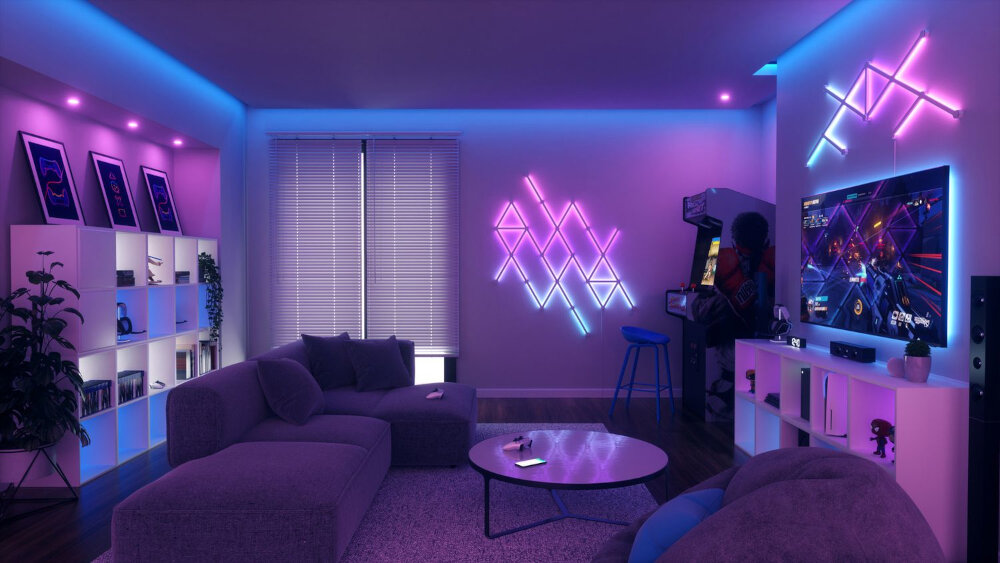
Choosing the right LED bulbs is essential to get the maximum benefits of energy-efficient lighting. LED bulbs are available in various shapes, sizes, and colors, making it easy to find the perfect fit for your needs. When choosing LED bulbs, the first thing to consider is the brightness level. LED bulbs are available in different brightness levels, measured in lumens. For example, a 60-watt incandescent bulb produces around 800 lumens, so you should look for an LED bulb with a similar brightness level. Additionally, consider the color temperature of the bulb, which is measured in Kelvin. A bulb with a higher Kelvin rating produces a cooler, bluer light, while a lower rating produces a warmer, yellower light. Choose a color temperature that matches the ambiance of the room. Another important factor to consider when choosing LED bulbs is the bulb’s lifespan. LED bulbs can last up to 25 times longer than traditional incandescent bulbs, saving you money in the long run. Look for LED bulbs with a lifespan of at least 15,000 hours or more. Additionally, consider the bulb’s energy efficiency, measured in watts. The lower the wattage, the more energy-efficient the bulb is. Look for LED bulbs with a low wattage that still produces the desired brightness level. Finally, consider the compatibility of the bulb with your fixtures. Some LED bulbs may not be compatible with specific fixtures, so be sure to check before purchasing. By considering these factors, you can choose the right LED bulbs for your needs and enjoy energy-efficient lighting in your home or business.
When it comes to LED bulbs, there are a few different types to choose from. The first is the standard LED bulb, which is similar in shape to a traditional incandescent bulb. These bulbs are energy-efficient and can last up to 25,000 hours. Another type is the LED filament bulb, which has a more vintage look with visible filaments inside the bulb. These bulbs are also energy-efficient and can last up to 15,000 hours. The third type is the LED tube, which is designed to replace fluorescent tubes in commercial settings. These bulbs are long and cylindrical and can provide bright, even lighting. Finally, there are smart LED bulbs, which can be controlled using a smartphone or voice assistant. These bulbs can be programmed to turn on and off at specific times, change colors, and even sync with music or movies.
When it comes to choosing the right LED bulb for your needs, there are a few key factors to consider. First and foremost, you’ll want to think about the brightness level you require. This is measured in lumens, and the higher the number, the brighter the bulb. You’ll also want to consider the color temperature, which is measured in Kelvin. This will determine the warmth or coolness of the light produced. Additionally, you’ll want to make sure the bulb is compatible with your existing fixtures and that it is energy-efficient. Look for bulbs with the ENERGY STAR certification to ensure that they meet strict efficiency guidelines. Finally, consider the lifespan of the bulb and any warranties or guarantees offered by the manufacturer. By taking these factors into account, you can choose the perfect LED bulb for your needs and enjoy energy-efficient lighting for years to come.
Color temperature and CRI, or color rendering index, are essential factors to consider when upgrading your lighting system to LED. Color temperature refers to the perceived warmth or coolness of the light emitted by the bulb, measured in Kelvin (K). A warm light, like that of an incandescent bulb, has a lower color temperature (around 2700K), while a cool light, like daylight, has a higher color temperature (around 5000K). CRI, on the other hand, measures how accurately the light source renders colors compared to natural light. A higher CRI means that colors appear more vibrant and true to life. When choosing LED bulbs, consider the color temperature and CRI to ensure that the light emitted matches your needs and preferences.
Removing the Old Fluorescent Lights
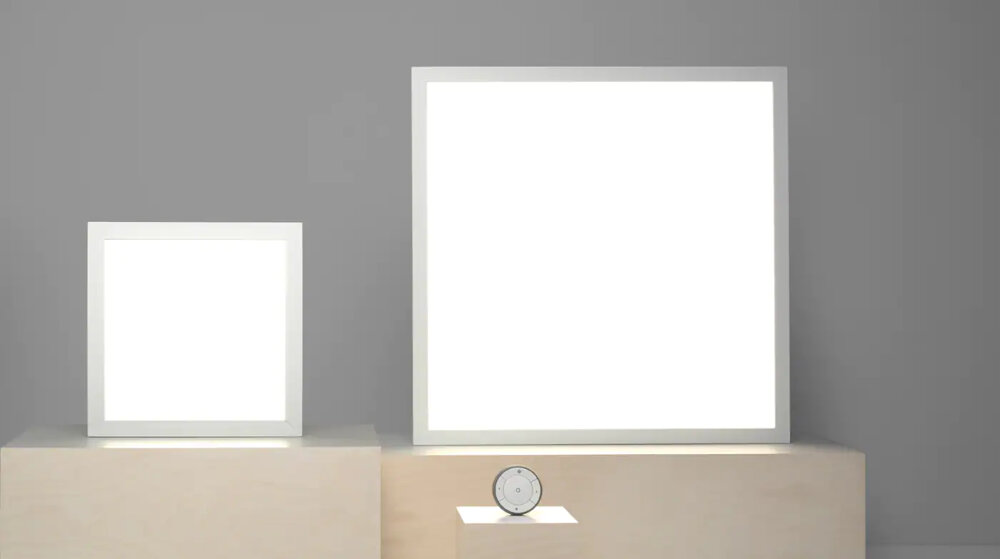
Removing the old fluorescent lights is the first step in upgrading your lighting to energy-efficient LEDs. This process can be a bit tricky, but with the right tools and steps, it can be done easily. The first thing you need to do is turn off the power supply to the lights. You can do this by turning off the circuit breaker or unplugging the lights. Next, you need to remove the bulbs from the fixtures. Be sure to handle them carefully, as they contain toxic materials. Once the bulbs are out, you can remove the cover of the fixture. This will give you access to the wiring and ballast. You need to disconnect the wires from the ballast and remove it from the fixture. Be careful not to damage the wires, as you will need them to install the LED lights. Once the ballast is out, you can install the LED driver. This will power the LED lights and convert the voltage from the power supply. Finally, you can install the new LED lights and cover the fixture. With these steps, you can easily remove the old fluorescent lights and upgrade to energy-efficient LEDs. Upgrading your lighting to energy-efficient LEDs is a great way to save money and energy. LED lights use less energy than fluorescent lights and last longer. They also don’t contain toxic materials, making them safer for the environment. By removing the old fluorescent lights and installing LED lights, you can reduce your energy bills and carbon footprint. This process may seem daunting, but with the right tools and steps, it can be done easily. With LED lights, you can enjoy bright and efficient lighting while contributing to a better environment. So, if you want to upgrade your lighting and save some money, consider switching to energy-efficient LEDs.
Removing the old fluorescent lights is a crucial step when upgrading to energy-efficient LEDs. Follow these step-by-step instructions to make the process quick and easy. First, turn off the power to the fixture by flipping the switch on the circuit breaker. Next, remove the bulbs and gently twist the fixture cover to release it from the ceiling. Once the cover is removed, unscrew the mounting screws and detach the fixture from the ceiling. Be sure to disconnect any electrical wires before completely removing the fixture. With the fixture removed, you can now install your new LED fixture, giving your space a brighter and more efficient lighting solution.
When it comes to handling fluorescent lights, it is important to exercise caution and follow some basic safety tips. For starters, make sure that the power to the fixture is turned off before attempting to replace the bulbs. Additionally, always handle the bulbs with care and avoid twisting them, as this can cause them to break. It’s also a good idea to wear gloves when handling fluorescent bulbs, as they contain small amounts of mercury that can be harmful if they come into contact with your skin. Finally, be sure to dispose of old fluorescent bulbs properly, as they are considered hazardous waste and should not be thrown in the trash. By following these safety tips, you can ensure that the process of upgrading to energy-efficient LEDs is a safe and successful one.
Installing the New LED Lights
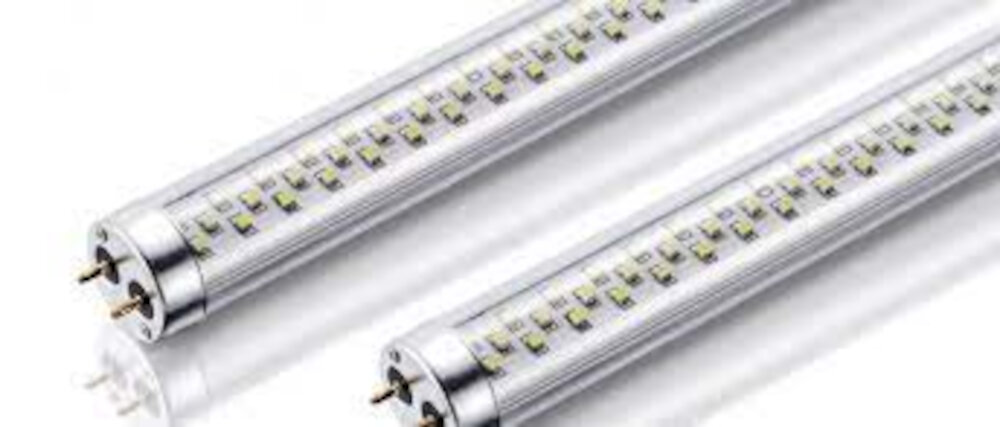
Installing new LED lights is a simple and effective way to upgrade the lighting in your home or workplace. LED lights are energy-efficient, long-lasting, and provide bright and clear lighting. Switching from fluorescent to LED lights can reduce your energy consumption by up to 75%, saving you money on your electricity bills. Additionally, LED lights are eco-friendly and do not contain hazardous materials, making them a safe and sustainable lighting option. To install new LED lights, first, you need to remove the old fluorescent lights from their fixtures. This process involves disconnecting the power supply, removing the fluorescent bulbs and ballasts, and then unscrewing the fixture from the ceiling or wall. Once the old lights are removed, the new LED lights can be installed. This process involves connecting the power supply, mounting the new LED fixture, and inserting the LED bulbs. It is important to follow the manufacturer’s instructions carefully to ensure that the new LED lights are installed correctly and safely. With a little patience and attention to detail, you can easily upgrade your lighting to energy-efficient and eco-friendly LED lights.
To install new LED lights, first, turn off the power supply and remove the old fluorescent lights. Then, measure the size of the LED lights and cut the mounting brackets accordingly. Next, attach the brackets to the ceiling and connect the wires to the LED lights. Make sure to match the colored wires and secure them with wire nuts. Finally, attach the LED lights to the brackets and turn on the power supply to test the lights. Adjust the angle of the lights as needed and enjoy the energy-efficient and long-lasting illumination provided by the new LEDs.
When upgrading your lighting from fluorescent to energy-efficient LEDs, it is important to ensure that the installation is done correctly. Firstly, make sure that you have the correct tools and materials before starting the installation process. It is also crucial to follow the manufacturer’s instructions and guidelines to avoid any potential hazards or damages. Additionally, ensure that the power is turned off before starting the installation and double-check that the wiring is correctly connected. Lastly, after the installation is complete, test the lights to ensure they are functioning correctly and enjoy the energy savings and improved lighting quality.
Upgrading from fluorescent lights to LEDs offers numerous benefits to both residential and commercial spaces. LEDs are energy-efficient, which means they consume less electricity and ultimately lead to reduced energy bills. They also have a longer lifespan than fluorescent lights, making them a cost-effective investment in the long run. Additionally, LEDs emit less heat and UV radiation, which can improve the comfort and safety of the space. LEDs also come in a variety of colors and designs, allowing for more customization and creativity in lighting design. Overall, upgrading to LEDs not only saves money and energy but also enhances the aesthetics and functionality of the space.
In conclusion, upgrading to energy-efficient lighting is a smart move for both your wallet and the environment. By switching to LED lights, you can save money on your energy bill and reduce your carbon footprint. When making the switch, be sure to do your research and invest in high-quality bulbs that will last longer and provide optimal lighting. Consider consulting with a lighting expert to ensure you choose the right bulbs for your specific needs. Additionally, be sure to properly dispose of your old fluorescent bulbs, as they contain hazardous materials. Overall, making the switch to energy-efficient lighting is a small but impactful step towards a more sustainable future.
Conclusion
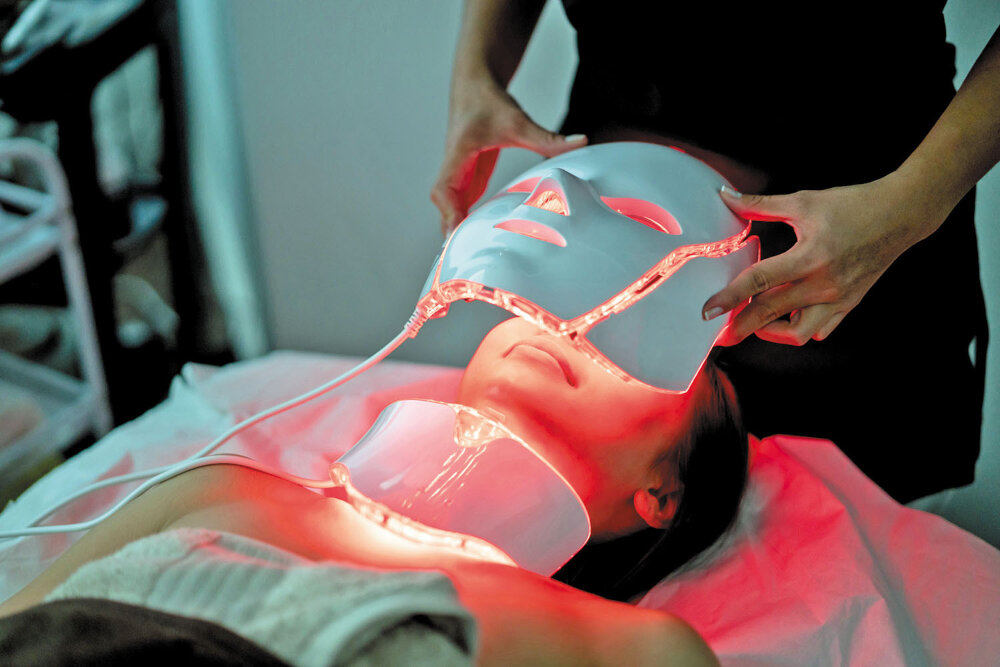
In conclusion, upgrading your lighting from fluorescent to energy-efficient LEDs is a smart and cost-effective decision. Not only do LEDs consume less energy and last longer than traditional bulbs, but they also offer a variety of color temperatures and designs to fit any aesthetic. With the help of a professional electrician or by following a few simple steps, anyone can make the switch to LED lighting and reap the benefits of a brighter, more sustainable future. Don’t let outdated lighting hold you back – upgrade to LEDs today and see the difference for yourself!


